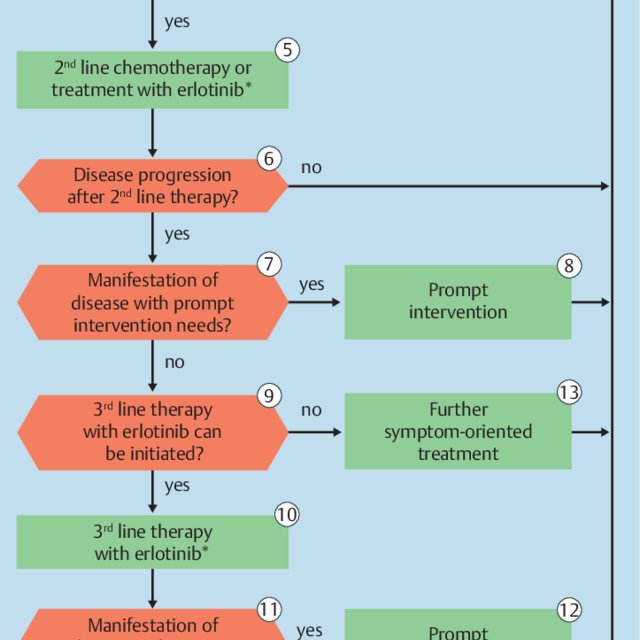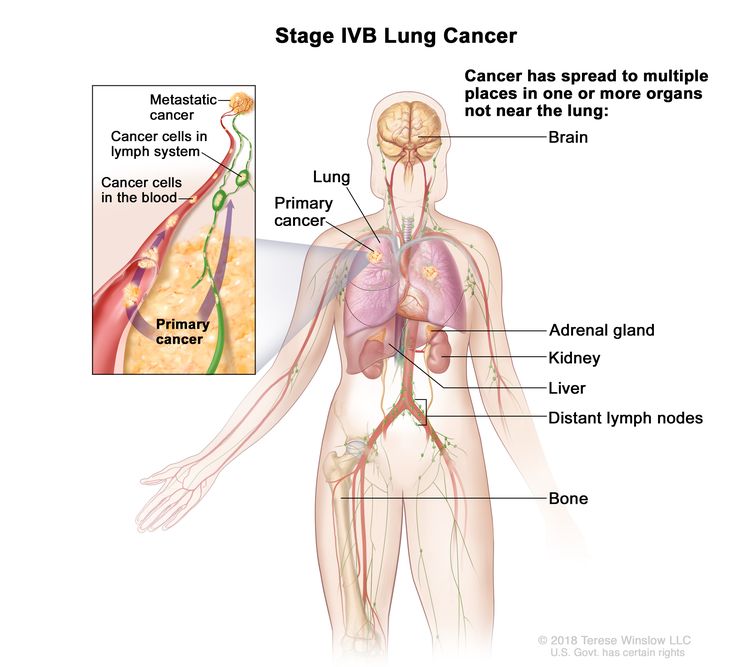
Non small cell lung cancer is the most common form of lung cancer and has the highest rate of mortality in women. It is one of the four types of this form of cancer that can affect a person and the other three are large cell carcinoma, adenocarcinoma and pleura mesothelioma.
The most common sign of non-small cell lung cancer is pleural effusion, which is a fluid-filled sac in the lining of the lungs or chest. This type of fluid is usually dark yellow in color, but is sometimes white in patients with mild or severe symptoms.
The presence of a lump or lump in the breast can also be a sign of non-small cell lung cancer, and there is a good chance that the lump or lump may be cancerous. In this case, surgery may be performed, and if the tumor or tumor does not shrink, it may need to be surgically removed as well. This type of cancer often requires biopsy of pleural mesothelioma, which involves removing a small amount of tissue from the lung to determine if it is cancerous.
As the cancer grows, it can spread to other parts of the body, and non-small cell lung cancer can spread to bones and other organs. There are many factors that contribute to the development of this type of cancer, including smoking, environmental factors, genetic predisposition, and tumors that are found in other parts of the body.
Women are twice as likely as men to develop this type of lung cancer, and those who smoke are much more likely than those who do not. It used to be thought that smoking increases the risk of developing this type of cancer, but recent studies have shown that this type of lung cancer is not actually related to the level of smoke that smokers smoke.
The risk of non-small cell lung cancer is significantly increased in people with a family history of the disease.
Those who smoke and have multiple family members with the condition are also at increased risk of cancer

Chemotherapy is used for non-small cell lung cancer. This treatment has proven successful in many people, but it is also known to cause side effects.
It is important that if you think that you might have non small cell lung cancer then you seek out medical attention. If you ignore the problem it could lead to serious complications. Do not wait until it becomes too late to see a doctor for help.
The symptoms that you will see during a check up for non small cell lung cancer include a persistent cough that is accompanied by fever. Other symptoms that you should be aware of include a yellowish color to the mucus, shortness of breath, weight loss and weight gain, fatigue and changes in your ability to breathe.
Treatment for non small cell lung cancer usually includes surgery, chemotherapy and/or radiotherapy. Surgery is the most common form of treatment for the cancer and it is often used in the early stages of the disease. Chemotherapy is used to treat malignant cells and when the cancer has spread to other parts of the body.
Radiation therapy helps to reduce the size and the number of malignant cells that are being produced. Radiotherapy helps to kill all the cancerous cells and to prevent new ones from growing. The treatment also helps to improve the quality of your breathing.
There is another form of therapy called brachytherapy, which is used to treat areas that do not respond well to radiation therapy. Brachytherapy is used to treat all the lung cancers because it helps to remove all the cancerous cells in the body.